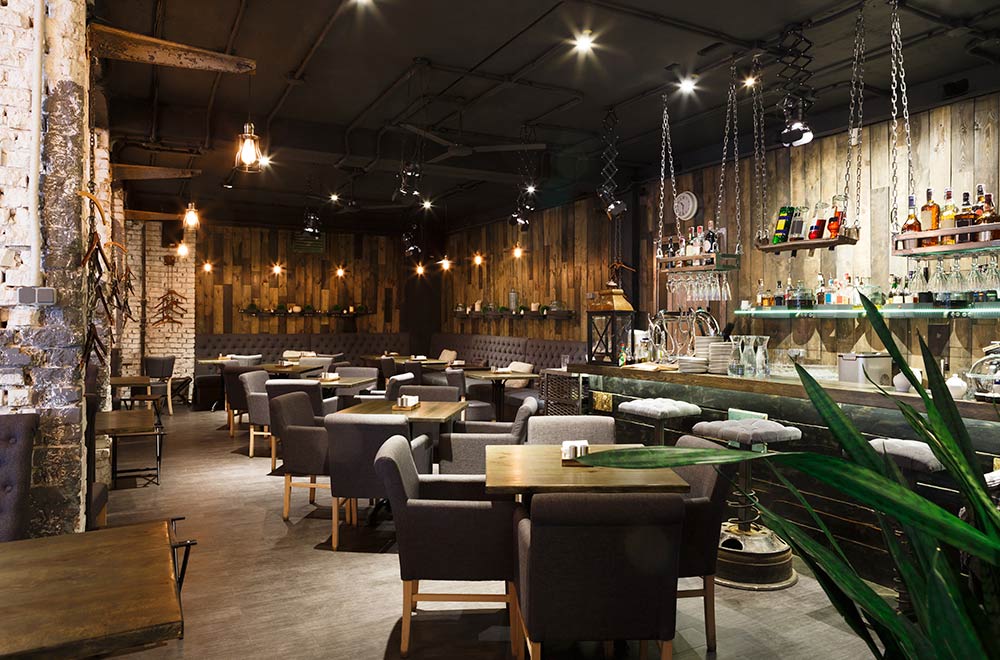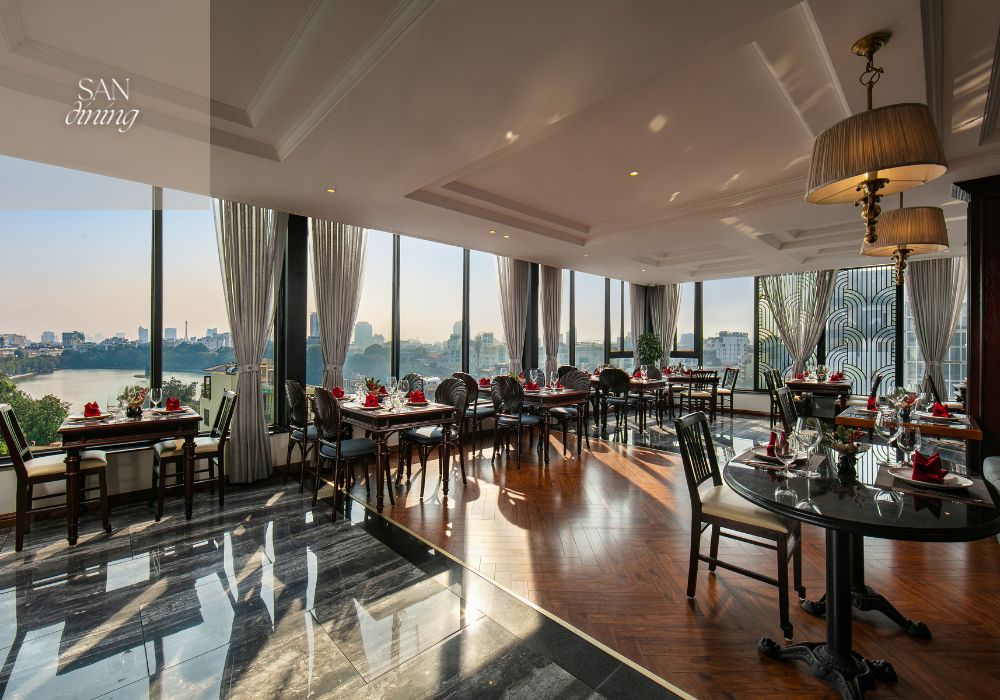Pan Asian Dining Islamabad: Relish Authentic Asian Meals
Savor Genuine Oriental Cuisine With a Pan-Asian Twist for a Cooking Experience
Starting a cooking trip through authentic Asian food, boosted with a Pan-Asian spin, offers a special possibility to discover the rich tapestry of tastes that define the area's varied cooking practices. This experience invites you to enjoy the elegant balance of tastes-- sweet, salty, spicy, and sour-- integrated by fragrant natural herbs and flavors. Visualize the innovative combination of Thai curry and ramen or the unanticipated delight of sushi burritos. As you consider these luring meals, take into consideration the social stories and historic influences that form them, each bite supplying a tale waiting to be discovered.

Checking Out Pan-Asian Flavors
In the world of global gastronomy, Pan-Asian food sticks out for its exceptional diversity and the unified interaction of tastes from various Eastern cultures. This cooking approach commemorates the rich practices and distinct active ingredients found throughout the continent, developing a tapestry of tastes that is both fascinating and gratifying. Trick to Pan-Asian food is its capability to balance different flavors-- sweet, salty, spicy, and sour-- while highlighting the freshness and high quality of each ingredient.
From the umami-rich soy sauce of Japan to the fiery chili peppers of Thailand, Pan-Asian food offers a considerable palette of tastes. These aspects are frequently combined in innovative ways, enhancing recipes with layers of complexity. For instance, making use of fragrant natural herbs such as lemongrass and cilantro, common in Vietnamese and Thai cuisine, includes a revitalizing brightness to meals, while the unification of coconut milk supplies a creamy, abundant appearance.
The focus on fresh fruit and vegetables and fragrant spices guarantees that each meal is not only a banquet for the palate but also for the senses. Pan-Asian cuisine welcomes restaurants to start a cooking trip, discovering the huge and differed landscapes of Oriental gastronomy with every bite.
Combination Dishes to Try
While Pan-Asian cuisine is celebrated for its traditional tastes, the contemporary cooking landscape is progressively embracing fusion recipes that blend these timeless elements with impacts from other areas. This cutting-edge method not just honors the abundant heritage of Oriental cookeries however also presents novel taste experiences that interest modern tastes buds.
An archetype of such a combination recipe is the Korean-Mexican taco, where marinaded bulgogi beef is wrapped in a cozy tortilla, covered with kimchi and a spicy gochujang-infused salsa. This mix marries the vibrant, savory tastes of Korea with the vivid, fresh aspects of Mexican cuisine. In a similar way, sushi burritos have gotten appeal, integrating the fragile artistry of Japanese sushi with the passionate, hand-held benefit of a burrito, commonly featuring fusion components like tempura shrimp and avocado with a drizzle of wasabi mayo.
Another significant recipe is Thai curry ramen, which infuses the creamy, fragrant spices of Thai curry right into the comforting broth of standard Japanese ramen, creating a harmonious mix that entices the detects. These fusion meals expand past plain novelty; they stand for a cooking discussion in between societies, encouraging exploration and advancement worldwide of Pan-Asian food.
Vital Ingredients and Spices
To absolutely value Pan-Asian food, one need to comprehend the vital ingredients and seasonings that develop its foundation. This varied culinary style draws from an abundant tapestry of Oriental customs, employing a harmonious mix of flavors and textures.
Aromatic elements are pivotal, with ginger, garlic, and lemongrass being ubiquitous throughout different Pan-Asian recipes. These active dig this ingredients offer a great smelling base that improves the complexity of tastes. Spices such as celebrity anise, cardamom, and cinnamon introduce heat and character, resembling impacts from regions like China and India.

Cooking Techniques and Tips
Grasping the art of Pan-Asian food requires experience with its distinct food preparation strategies, each adding to the lively tapestry of tastes this cooking tradition is celebrated for. Central to these methods is the stir-fry, a fast food preparation strategy that maintains the dietary integrity and brilliant shades of active ingredients. Making use of a frying pan, the stir-fry approach enables for even heat distribution, necessary for attaining the particular texture and flavor balance of Pan-Asian dishes.
Another essential method is steaming, specifically prevalent in Chinese cuisine. This gentle technique keeps the all-natural tastes and nutrients of components, making it perfect for seafood and vegetables. Dumplings, a beloved staple, frequently gain from steaming, leading to soft, succulent textures.
Cooking, additionally important, presents great smoky depths to dishes such as Oriental bulgogi or Japanese yakitori (pan asian restaurant Islamabad). Learn More Here This strategy usually includes marinating ingredients, allowing flavors to pass through deeply prior to cooking over an open flame or warmer
Last but not least, mastering the art of stabilizing flavors-- sweet, sour, salted, bitter, and umami-- is important. Correctly layering these components can raise a meal from regular to phenomenal, using a complex and pleasing cooking experience that embodies the significance of Pan-Asian cuisine.
Eating Experiences Worldwide
Around the world, Pan-Asian food provides an unrivaled dining experience, commemorated for its rich tapestry of tastes and vibrant presentations. This cooking phenomenon has gone beyond cultural boundaries, recording the hearts and palates of food lovers worldwide. In cosmopolitan cities like New York, London, and Sydney, Pan-Asian dining establishments act as melting pots where cooking practices from Thailand, Japan, China, and past merge, offering restaurants with an eclectic mix of recipes that highlight the area's variety.
The worldwide allure of Pan-Asian food hinges on its ability to supply both credibility and development. Chefs skillfully marry typical ingredients such as lemongrass, soy sauce, and miso with contemporary techniques, leading to dishes that are both acquainted and refreshingly brand-new. This blend enables restaurants to get started on a cooking trip that values heritage while welcoming modernity.
Moreover, dining experiences are elevated via attentively created environments that reflect the values of Pan-Asian aesthetic appeals. From minimalist Japanese-inspired insides to vivid Thai-themed areas, each dining establishment provides a distinct atmosphere that matches the culinary offerings. Consequently, clients are not simply eating a dish however partaking in a cultural experience, making Pan-Asian dining a truly worldwide phenomenon.
Verdict
The exploration of Pan-Asian cuisine uses a profound understanding of the complex interaction of flavors and culinary practices throughout Asia. By accepting fusion meals such as Thai curry ramen and sushi burritos, the culinary trip not just highlights the versatility of traditional ingredients but also showcases cutting-edge contemporary techniques. This gastronomic journey, improved by essential seasonings and cooking techniques, gives a special chance to value the multiculturalism and culinary virtuosity that define Pan-Asian cuisine on a global range.
Embarking on a cooking journey via genuine Eastern cuisine, boosted with a Pan-Asian spin, supplies a distinct opportunity to check out the abundant tapestry of flavors that specify the region's varied culinary customs.In the realm of worldwide gastronomy, Pan-Asian cuisine stands out for its exceptional diversity and the harmonious interaction of flavors from different Eastern cultures. Secret to Pan-Asian cuisine is its capacity to balance different tastes-- pleasant, salty, spicy, and sour-- while highlighting the quality and quality of each component.
